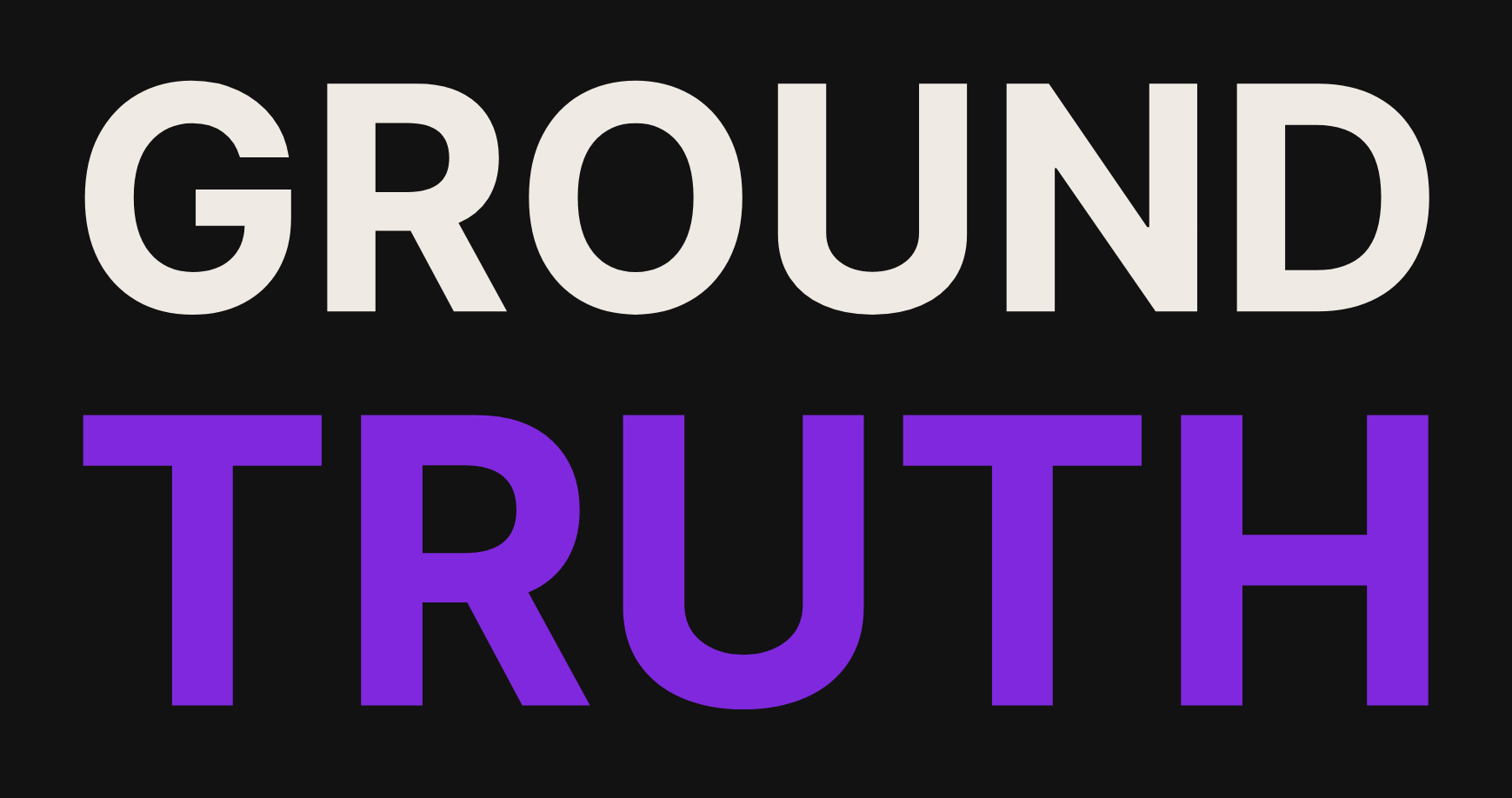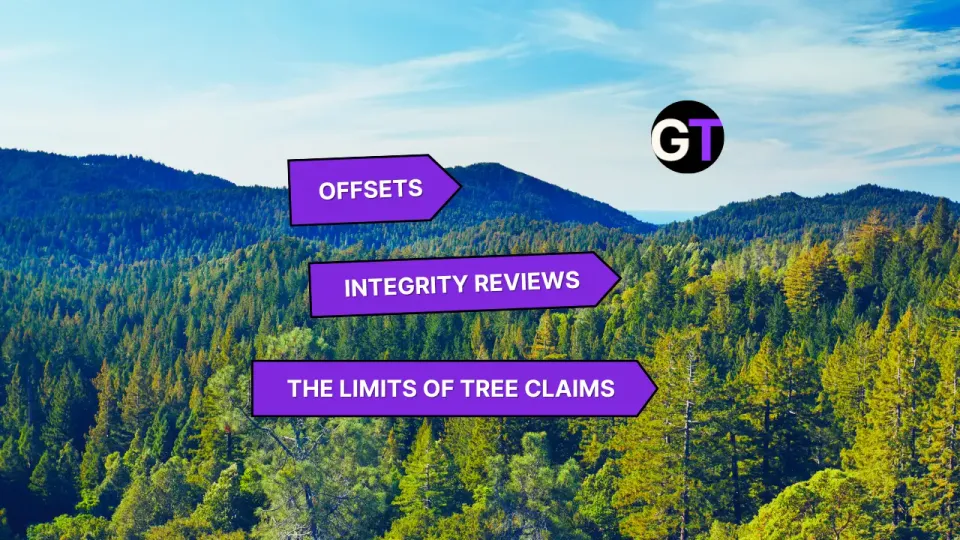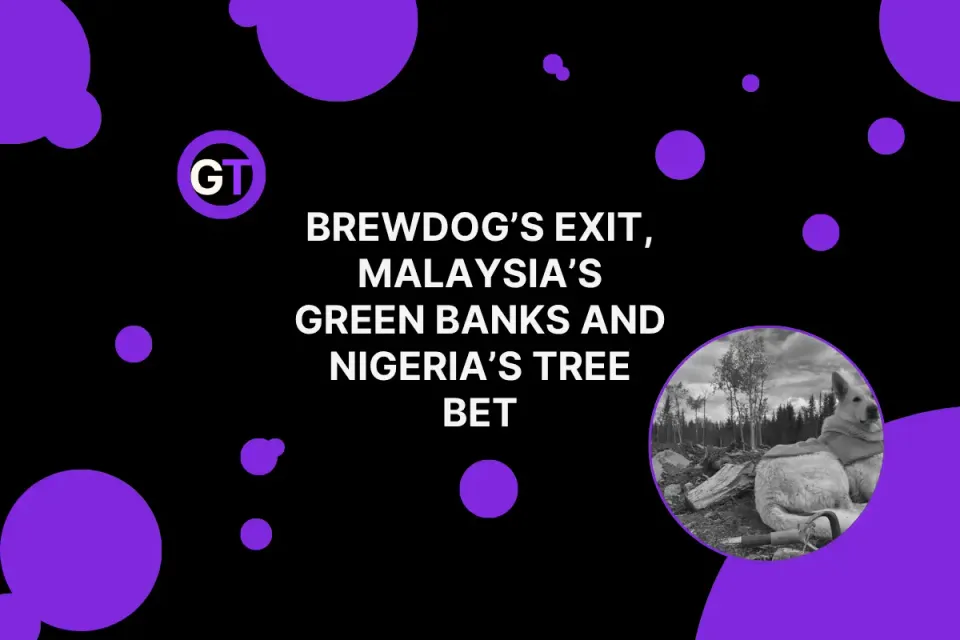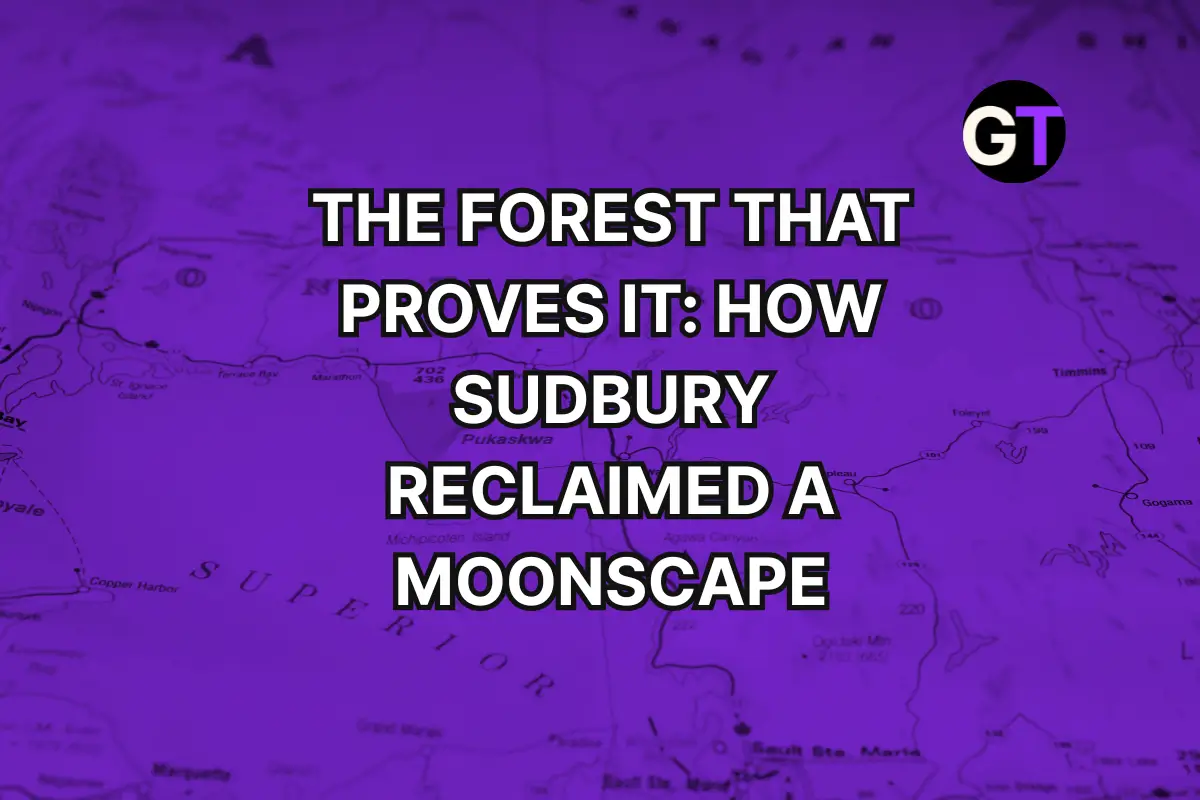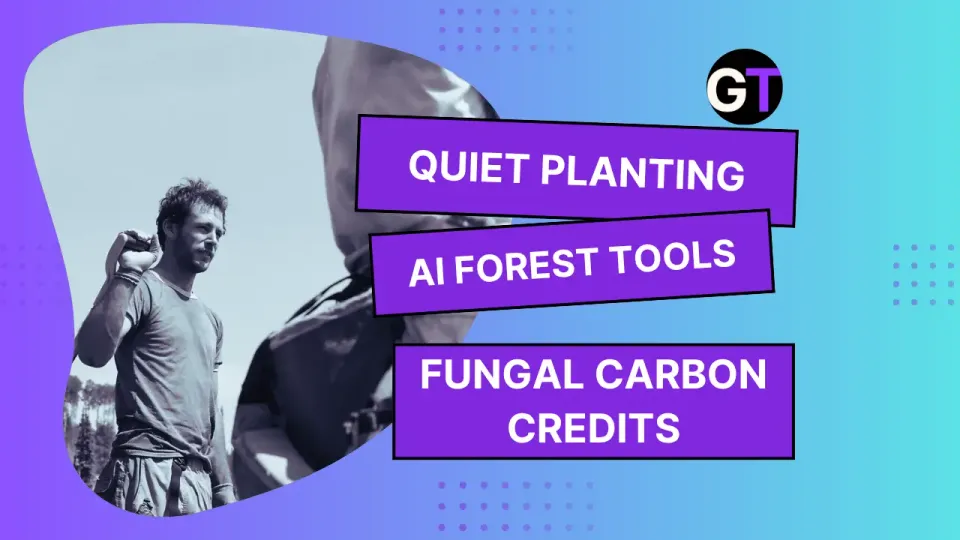Weekly Forest News, May 16
From billion-tree pledges to mixed-reality forest tools, this week’s reforestation roundup unpacks who governs, who funds, and who’s coding the future of global forest restoration.
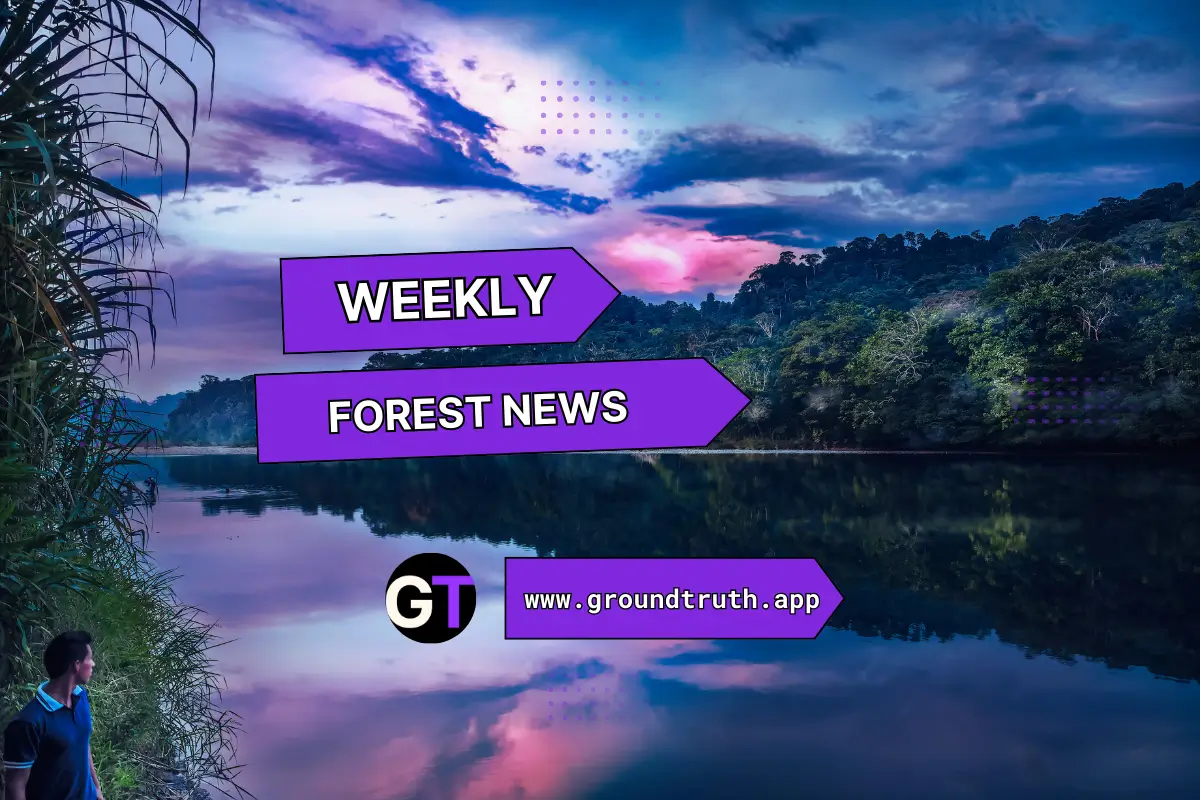
Who Governs the Forests? Meet the TFGA Dataset
Polo‑Villanueva et al. have dropped a sprawling new dataset tracking 88 transnational forest governance arrangements across five continents. Covering everything from secretariats to spatial reach, this open-access resource is a goldmine for researchers tackling the politics of trees that stretch beyond borders. It offers fresh fodder for debates on institutional fragmentation, global vs. regional effectiveness, and how (or if) we’re actually coordinating forest policy across the planet.
💬 Can a dataset help untangle the bureaucratic roots of transnational forest governance?
👉👉 Read more in Springer
Augmented Reality: Forestry’s Next Frontier?
Augmented Reality (AR) is moving beyond gaming and retail, with new research exploring its role in forest management—from tree marking to disaster response. A study in Journal of Environmental Management outlines both the promise and pitfalls of integrating AR in the field. While tools like headsets and AR overlays could boost efficiency and safety, challenges like device costs, field durability, and connectivity still loom large.
💬 Can AR bridge the gap between digital tech and hands-on forest work?
👉👉 Read more in Journal of Environmental Management
Kazakhstan’s Billion-Tree Plan Grows—Literally
Kazakhstan claims to have planted over 1.15 billion trees since 2021, extending its reforestation goal of 2 billion trees to 2027. The national drive includes afforestation of the Aral Sea’s dry seabed, city greening efforts, and a network of 251 nurseries producing 280 million saplings. With over 14 million urban trees planted so far, the initiative reflects both climate ambition and a serious love for landscaping.
💬 We've covered the claims of many countries around the world before. Are Kazakhstan's numbers realistic?
👉👉 Read more in The Times of Central Asia
👉👉 See a map of Kazakhstan's projects here
Scientists Rush to Save U.S. Climate Data Amid Political Purge
As the Trump administration deletes swathes of U.S. government data—from flood maps to satellite climate records—scientists are scrambling to download and preserve decades of public research before it vanishes. From NOAA ocean monitoring to EJScreen tools, essential datasets are being archived by volunteer-led networks fearing permanent loss. With terabytes at stake and little warning, the effort is as much about digital triage as it is about scientific continuity.
💬 Can reforestation and forest monitoring efforts thrive without reliable, public environmental data?
👉👉 Read more in BBC Future
This Week in Forest Finance: Grants, Deals, and Data Transparency on the Climate Front
From woodland planning grants and resilience research in the UK to Microsoft’s massive carbon removal deal and Ecosia’s pivot from trees to solar, the May 15 edition tracks where forest finance is flowing—and where it’s still tangled in red tape. Highlights include blockchain-verified planting, biodiversity credit principles, and fresh capital for Latin America’s eco-entrepreneurs. This week’s throughline? Transparency. Lots of talk about it. Now let’s see who walks the walk.
💬 Will reforestation finance finally prioritize data transparency alongside climate ambition?
👉👉 Read more in Ground Truth
VM0047 v1.1: Forest Carbon Gets a Rules Refresh
Verra just dropped a new edition of its ARR methodology, and it’s kind of a big deal. Version 1.1 of VM0047—now in effect—brings clearer pathways for calculating carbon from reforestation efforts, whether you’re planting city trees or restoring tropical forests. The update offers two tracks: one for big remote-sensed forest projects, and another for more DIY-friendly dispersed plantings (hi, urban foresters and agroforestry fans). Bonus: less hand-wringing over leakage for non-land use changing projects, and more remote sensing love for pre-project biomass estimates.
💬 Will clearer, more flexible carbon accounting help ARR projects scale without the headache?
👉👉 Read more from Verra
Mixed Reality Meets Microhabitats: Visualizing Biodiversity in 3D
A team of researchers has developed HoloFlora, the first mixed reality (MR) tool for visualizing forest biodiversity indicators directly on digital tree stems. Designed for use with MR headsets like the HoloLens 2, this application overlays interactive 3D data in the field with geometric precision down to 1.4 cm. Experts praised its usability and potential for forestry education, inventory, and even decision-making. Despite a few tech hiccups (sunlight glare and tracking drops), the tool is a leap forward in making forest complexity visible and interactive.
💬 Could MR headsets redefine how we assess biodiversity in reforestation plots?
👉👉 Read more in Nature
Cocoa, Code, and Compliance: Colombia’s Traceability Push Gets a Digital Boost
Colombia just kicked off its AIM4Commodities project, aiming to transform the cocoa sector with open-source tools and forest monitoring tech. Backed by FAO and GIZ, the initiative helps producers meet EU deforestation rules by improving traceability, geospatial data collection, and interoperability. Pilot efforts include on-the-ground collaborations in Nariño and Meta, where tools like Open Foris WHISP and GROUND are being field-tested with cocoa cooperatives. As Colombia becomes the Latin American testbed for transparent supply chains, the focus is squarely on scaling sustainable, forest-friendly trade.
💬 Can digital traceability tools future-proof agroforestry supply chains under tightening international regulations?
👉👉 Read more from the FAO
Modeling Brazil’s Forest Comeback: Simulations Meet Strategy
Brazil’s ambitious forest restoration plan gets the modelling treatment in this new study, which uses spatiotemporal simulations to evaluate scenarios for restoring over 12 million hectares of degraded lands. The researchers highlight priority zones and explore trade-offs between biodiversity, carbon, and water yields—offering a playbook for how restoration science can guide policy at scale.
💬 Will transparent modeling become the new norm for national reforestation strategies?
👉👉 Read more in Science Direct
Biomas Plants 2M Trees in Brazil’s Atlantic Forest Push
Backed by corporate heavyweights like Vale and Itaú, Brazilian startup Biomas has kicked off its first large-scale reforestation project—restoring 1,200 hectares of degraded Atlantic rainforest in Bahia. Partnering with Veracel Celulose, the $9.7M Muçununga Project aims to plant over 2 million native trees and generate around 500,000 carbon credits over 40 years. The initiative blends local community engagement, biodiversity goals, and carbon removal, marking a major milestone in Biomas’ mission to restore 2M hectares across Brazil.
💬 Can large-scale reforestation projects like Muçununga set a precedent for sustainable development and carbon offsetting in tropical regions?
👉👉 Read more at Carbon Herald
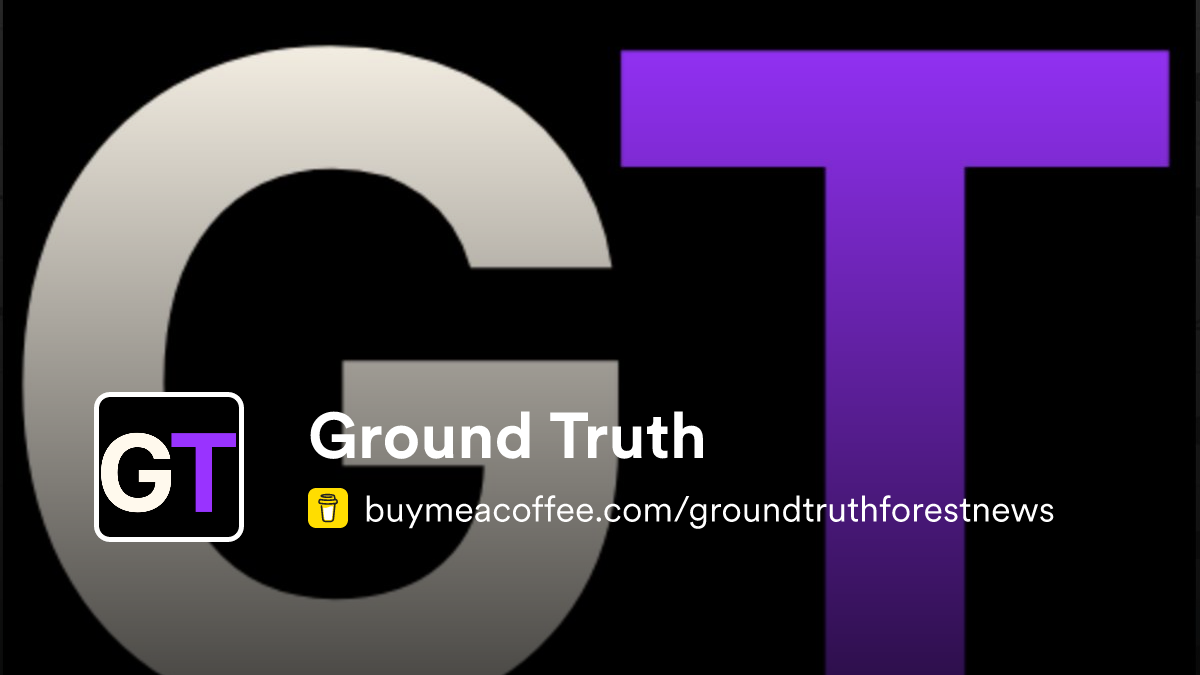
Edited by Chris Harris

This work is licensed under a
Creative Commons Attribution 4.0 International License.
